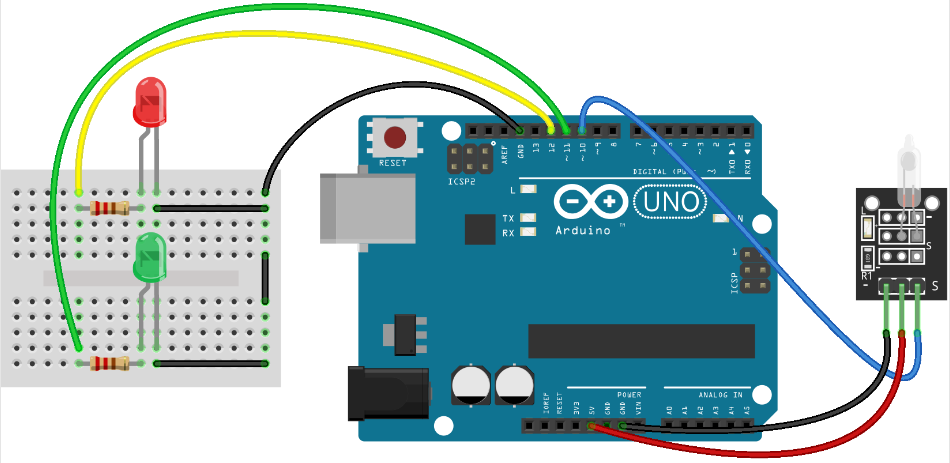Introduction

In the world of sensors, the tilt sensor stands out as a critical component for measuring orientation, tilt, and sometimes even acceleration. These sensors detect changes in inclination or slope angle relative to a reference plane and have found their way into a myriad of applications across industries, from automotive to aerospace, consumer electronics, and beyond. In this article, we’ll explore the fundamental workings of tilt sensors, their diverse applications, and the potential future innovations within this field.
What Are Tilt Sensors?
Tilt sensors, also known as inclinometers, are devices used to detect the orientation or inclination of an object concerning the Earth’s surface. They measure the tilt angle with respect to gravity, providing valuable data about the angular positioning of an object in space.
Types of Tilt Sensors
Mechanical Tilt Sensors: These traditional sensors operate on mechanical principles, employing mechanisms such as mercury, pendulums, or a weighted lever to determine inclination.
Solid-State Tilt Sensors: Utilizing modern technology, these sensors employ microelectromechanical systems (MEMS) and are based on accelerometers or gyroscopes to detect tilt angles.
Working Principles
Mechanical Tilt Sensors
Mechanical tilt sensors rely on the force of gravity to move a conductive liquid (like mercury) or a weighted element within a housing. The position of this element or liquid indicates the tilt angle. However, due to environmental and safety concerns, these sensors are gradually being replaced by solid-state alternatives.
Solid-State Tilt Sensors
Solid-state tilt sensors use different technologies:
Accelerometer-Based Sensors: These sensors measure the tilt angle by detecting changes in acceleration caused by the orientation change of the sensor itself.
Gyroscope-Based Sensors: Gyroscopes, often combined with accelerometers, measure changes in rotational orientation by utilizing the principles of angular momentum.
Applications of Tilt Sensors
Automotive Industry
In the automotive sector, tilt sensors play a crucial role in various safety and convenience features. They are integral components of electronic stability control systems, rollover detection systems, and vehicle navigation systems.
Construction and Civil Engineering
Tilt sensors are used in construction and civil engineering for monitoring the tilt and inclination of structures such as buildings, bridges, and towers. They help ensure structural integrity and safety.
Aerospace and Aviation
In aerospace, tilt sensors are vital for flight control systems, ensuring aircraft stability and maneuverability. They also aid in navigation systems and aircraft instrumentation.
Consumer Electronics
In smartphones and tablets, tilt sensors enable functionalities like screen orientation changes based on device orientation and gaming applications that rely on motion control.
Industrial Applications
In industrial settings, tilt sensors are employed in heavy machinery, industrial robots, and manufacturing equipment to monitor and control tilt angles for enhanced precision and safety.
Future Innovations and Developments
Miniaturization and Integration
As technology advances, tilt sensors are becoming smaller and more integrated into various devices. Miniaturization allows for their integration into wearables, medical devices, and IoT applications.
Enhanced Accuracy and Sensitivity
Ongoing research aims to improve the accuracy and sensitivity of tilt sensors, enabling them to measure smaller angles and provide more precise data in real-time.
Wireless Connectivity and IoT Integration
Future tilt sensors are expected to have wireless connectivity capabilities, enabling seamless integration into IoT networks and facilitating remote monitoring and control.
Applications in Virtual and Augmented Reality
Tilt sensors are poised to play a significant role in the advancement of virtual and augmented reality technologies, providing more immersive and responsive experiences.
Conclusion
Tilt sensors, whether based on mechanical or solid-state principles, are indispensable devices with a wide array of applications across various industries. Their evolution from simple mechanical designs to advanced solid-state technologies has revolutionized how we measure and utilize tilt and inclination data. With ongoing research and technological advancements, the future holds promising innovations in the field of tilt sensors, paving the way for more accurate, integrated, and versatile applications across industries.
In summary, the journey of tilt sensors from their humble beginnings to their current sophisticated state reflects not only technological progress but also the immense potential for future innovation and utilization in diverse fields.
